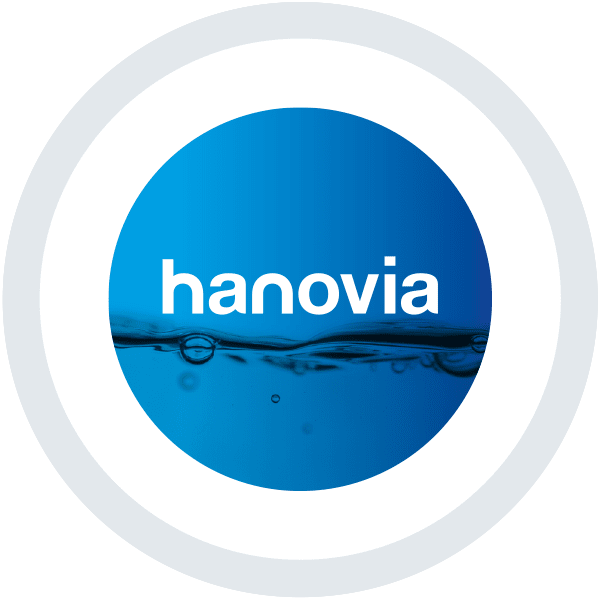6 Things The Food and Beverage Industry Should Know About Quantifying Microbial Water Risk (QMRA)
by Brian Grochowski – Aquionics Regional Sales Manager (Americas)
If you’re in the food and beverage industry you may never have heard of Quantitative Microbial Risk Assessment (QMRA). In the municipal drinking water sector, however, it’s been used for years to analyze risks and provide a quantitative approach to guide the regulatory decision making process.

With the implementation of the Food Safety Modernization Act (FSMA), many QMRA concepts could be very useful for the food and beverage industry when evaluating which (if any) preventive controls may be required – especially as it relates to the many ways water is utilized in a plant’s processes.
Here are six key components of QMRA you need to know:
1. The type and concentration of microorganisms and pathogens in your incoming water source. What organisms are present? What are the typical concentrations and what is the range of extremes that are possible during a contamination event (water main break, cross contamination, lack of chlorine residual, etc.)?
2. The effectiveness of your existing treatment system as it relates specifically to the previous point. Are your water treatment barriers sufficient to handle the microbial concentration extremes associated with a contamination event?
3. The microbial and pathogen concentration remaining in the water post-treatment in your plant. Is all the water in the plant treated? Different water usages may be more critical than others. Consider the difference between water used as an ingredient versus water used in the initial stages of CIP. How much remaining microbial contamination is acceptable in these different water uses?
4. The type and concentration of microbial contaminants that would make it to the consumer based on consumption rates.
5. The infectious dose of the microorganisms and the potential rate of illness (annually). For example, <10 organisms is the infectious dose for E. coli O157:H7. Based on the previous points, and understanding the microbial concentration extremes associated with a contamination event, how frequently would the microbial concentration exceed the infectious dose for the various organisms identified in your process?
6. Annual health impact commonly expressed as Disability-Adjusted Life Year (DALY). In other words, DALY measures the health impact associated with contamination. (The World Health Organization has more information on how this is calculated: http://www.who.int/healthinfo/global_burden_disease/metrics_daly/en/).
For QMRA assessments in the municipal sector, calculating DALYs can help to prioritize and drive regulatory decisions. For the food and beverage industry, brand reputation and consumer perception are additional components that carry a significant financial impact which must be considered. A food recall could cost a company millions of dollars in addition to the negative health impact.
With regards to chemical contamination and/or microbial contamination, how much risk is acceptable? Obviously there is no universal answer, but the QMRA thought process can be an important starting point. The same is true for mitigating those risks.
For microbial contamination, UV is commonly used as a firewall for all incoming water into the plant, as it is generally a low-cost, low-maintenance option to get a multiple log reduction of critical microbial contaminants. For this reason, many plants utilize UV as their “Preventive Control” for FSMA compliance for their incoming source water.
You can find more information on QMRA and its relevance in the food and beverage industry here:
https://iafp.confex.com/iafp/2016/webprogram/Session3110.html





 沪公网安备 31011202013557号
沪公网安备 31011202013557号